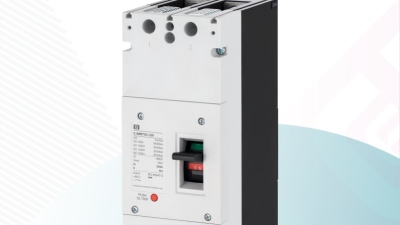Understanding Common Challenges Associated with Dc Mccb Installations
Table of Contents
- Common Misconceptions About DC MCCB Installations
- Essential Tools and Equipment for Safe DC MCCB Setup
- Step-by-Step Guide to Facing DC MCCB Installation Challenges
- Tips for Troubleshooting Common DC MCCB Issues
- Best Practices for Ensuring Compliance in DC MCCB Installations
- Exploring the Future of Solar Energy: The Role of DC1500V 2P 320A-1600A MCCB in Enhancing PV System Performance
- FAQS
- Conclusion
- Related Posts
You know, installing DC MCCBs—those Molded Case Circuit Breakers—is pretty crucial in today's electrical setups, especially now that everyone's talking about energy storage more than ever. I mean, a report from MarketsandMarkets says the global energy storage market could hit a whopping USD 546.4 billion by 2035. That just shows how important reliable electrical parts, like DC MCCBs, are for managing energy efficiently. But, honestly, folks working in this area often run into snags during installation—things like compatibility issues or choosing the wrong size—which can really mess with system performance and safety. That’s where Zhejiang Cejia Electric Co., Ltd. comes in. They’ve got over 20 years of experience providing top-notch energy storage power solutions and totally get what these challenges are about. They focus on quality products that meet international standards, which is super important. Basically, tackling these typical hurdles with DC MCCB installations is key if you want your energy systems to work well and last a long time.
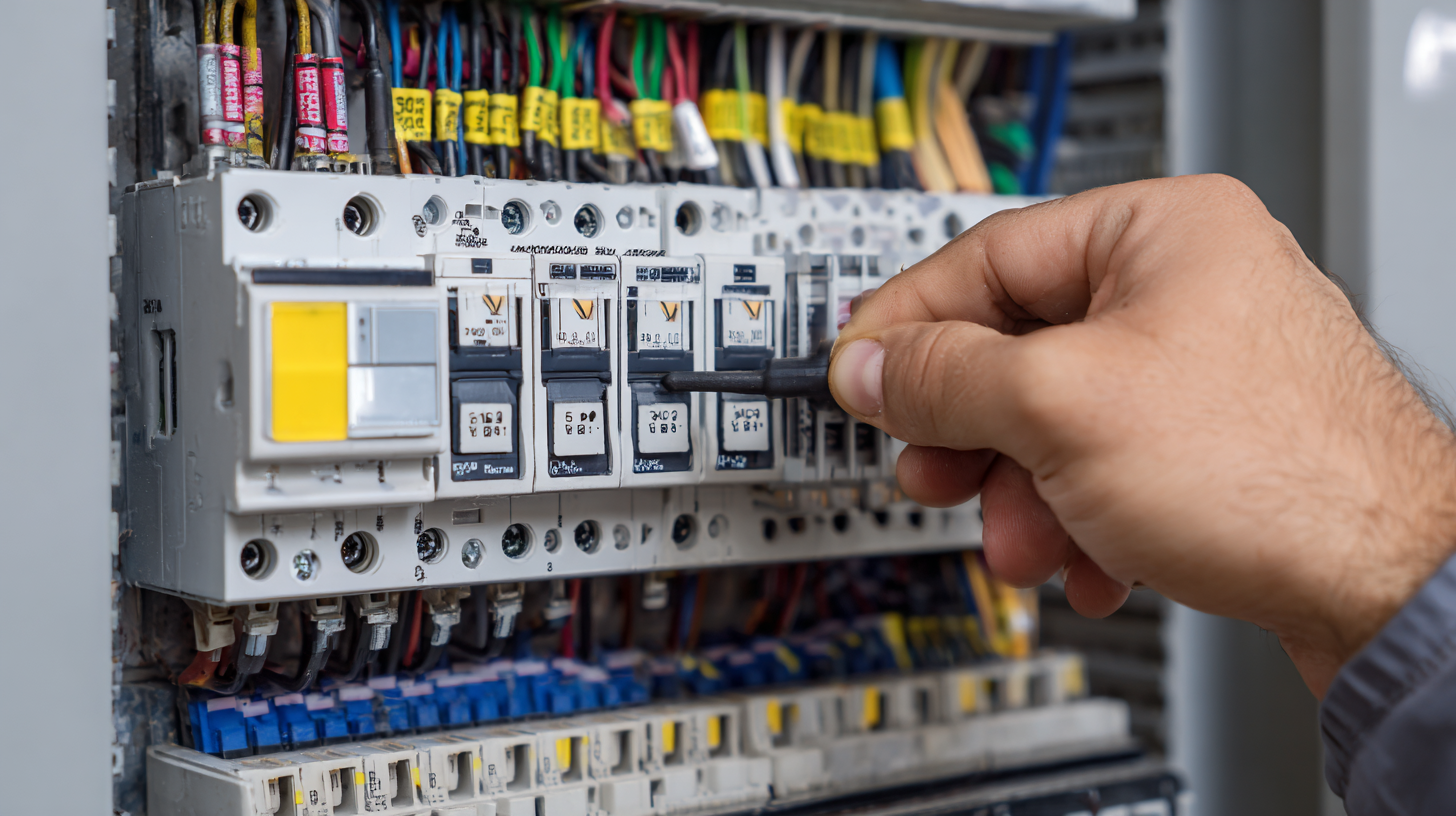
Common Misconceptions About DC MCCB Installations
When you're dealing with installing DC MCCBs (that’s Direct Current Molded Case Circuit Breakers), there are a few common misconceptions out there that can really trip you up or even pose safety risks. For example, a lot of folks think that DC MCCBs are just like their AC counterparts. But the truth is, while they share some basic principles, DC MCCBs need to be specially designed because direct current behaves differently—there’s no zero-crossing like in AC, which actually makes breaking the circuit a bit trickier. Ignoring this difference could lead to improper setups, and honestly, that’s not something you wanna gamble with when safety’s involved.
Another thing I hear quite a bit is the idea that DC MCCBs don’t need regular maintenance. Nope, not true at all. Just like any other piece of electrical gear, they should be checked from time to time to make sure everything’s running smoothly. Dust buildup, corrosion, and loose connections can all mess with performance, so it’s really worth keeping an eye on these things.
Here are some practical tips: schedule regular inspections of your DC MCCB setups—don’t wait until something fails. It’s also super important to have qualified pros handle the installation because working with DC systems isn’t something you want to DIY unless you really know what you’re doing. And of course, always keep the manufacturer’s guidelines handy—they’re your best resource for keeping everything compliant and working well in the long run.
Essential Tools and Equipment for Safe DC MCCB Setup
Installing DC MCCBs (that’s Molded Case Circuit Breakers, by the way) isn’t just about screwing things together. You really want to make sure you’re using the right tools and safety gear so everything goes smoothly—and, more importantly, safely. One of the most important tools you’ll need is a multimeter. It’s pretty much a must-have for checking voltage and current before you start, and again afterward, to make sure everything’s working within the right specs. Then you’ve got your insulated hand tools—things like screwdrivers and pliers. These are lifesavers since they help you handle electrical parts safely, lowering the risk of zapping yourself by accident.
Another piece of equipment that’s super handy is a torque wrench. Because MCCBs often need their terminal connections tightened to specific torque levels, this tool helps you get it just right—tight enough to hold, but not so tight that you end up damaging the equipment.
And don’t forget safety gear! Gloves, goggles, the whole shebang—wearing proper protective gear is crucial, especially since you’re working with high-voltage DC systems. If you’ve got the right tools and safety gear on hand, tackling that DC MCCB installation becomes a whole lot easier—and, honestly, a lot less nerve-wracking. Just take your time, stay careful, and you’ll be fine.
Step-by-Step Guide to Facing DC MCCB Installation Challenges
When you're getting started with installing DC MCCBs (Miniature Circuit Breakers), it's pretty important to be aware of some common challenges you might face. One of the big things is making sure you pick the right size and type of MCCB. You wanna be sure that the breaker can handle the voltage and load your DC system needs—getting this right can save you headaches down the line, like overheating or even early failure. Trust me, taking the time to choose wisely makes a huge difference.
**Pro tip:** Always double-check the manufacturer's specs and, if you can, do some quick load calculations beforehand. It’s worth the effort to pick the perfect size from the start.
Another tricky part is wiring the system correctly. DC wiring can get pretty complicated, and a wrong connection isn’t just a fail; it can also be dangerous. To keep things safe, make sure all your wiring meets the electrical codes, and double-check every connection. It’s better to be safe than sorry.
**Quick tip:** Using color-coded wires can really help—makes it much easier to see what goes where and avoid silly mistakes during installation.
And don’t forget about the environment where you're installing the MCCB. Temperature swings and humidity can play tricks on the breaker’s performance.
**Helpful hint:** Go for an MCCB with the right IP rating based on your environment—this will help make sure it stays reliable and lasts longer.
All in all, taking these simple steps can really make your installation smoother and more reliable, so don’t skip over them!
Challenges Associated with DC MCCB Installations
Tips for Troubleshooting Common DC MCCB Issues
When it comes to installing DC MCCBs (Molded Case Circuit Breakers), there are quite a few hurdles that can pop up and mess with both performance and safety. Common problems include choosing an MCCB that's not properly matched to the electrical load, rushing through installation without paying attention to the details, or not fully understanding what’s needed for direct current systems. When any of this happens, it can lead to wasted energy, equipment breaking down, or even safety hazards—definitely not what anyone wants.
If you're looking to troubleshoot these issues, the first step is making sure you’ve got the right MCCB rated for your specific application. Regular checks and maintenance are a lifesaver—they help catch early signs of trouble before things get out of hand. Plus, it’s super important to understand what makes DC systems different—like the tendency for arcs to form and the need for special protection devices. Knowing these quirks can really make a difference.
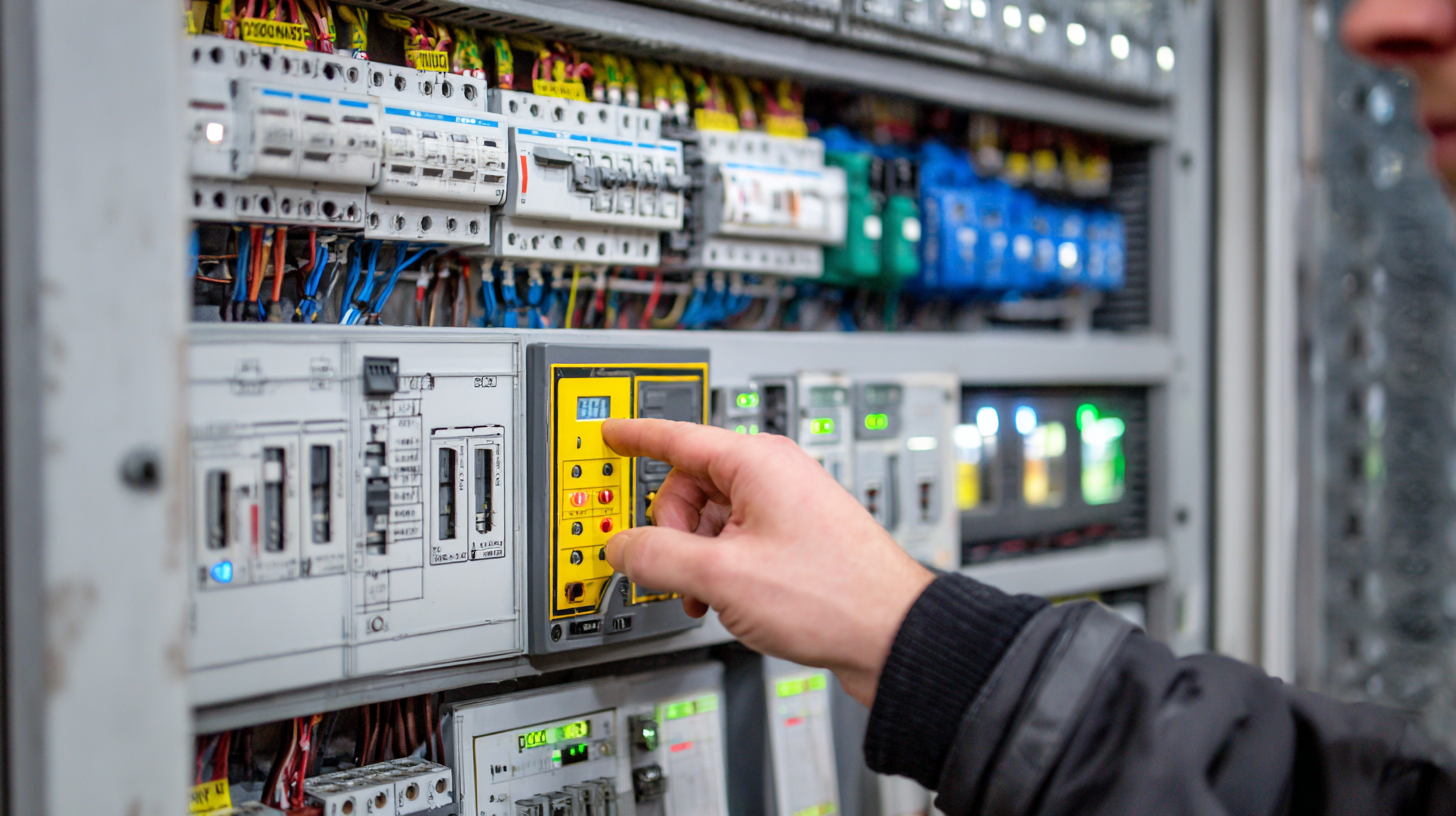
Best Practices for Ensuring Compliance in DC MCCB Installations
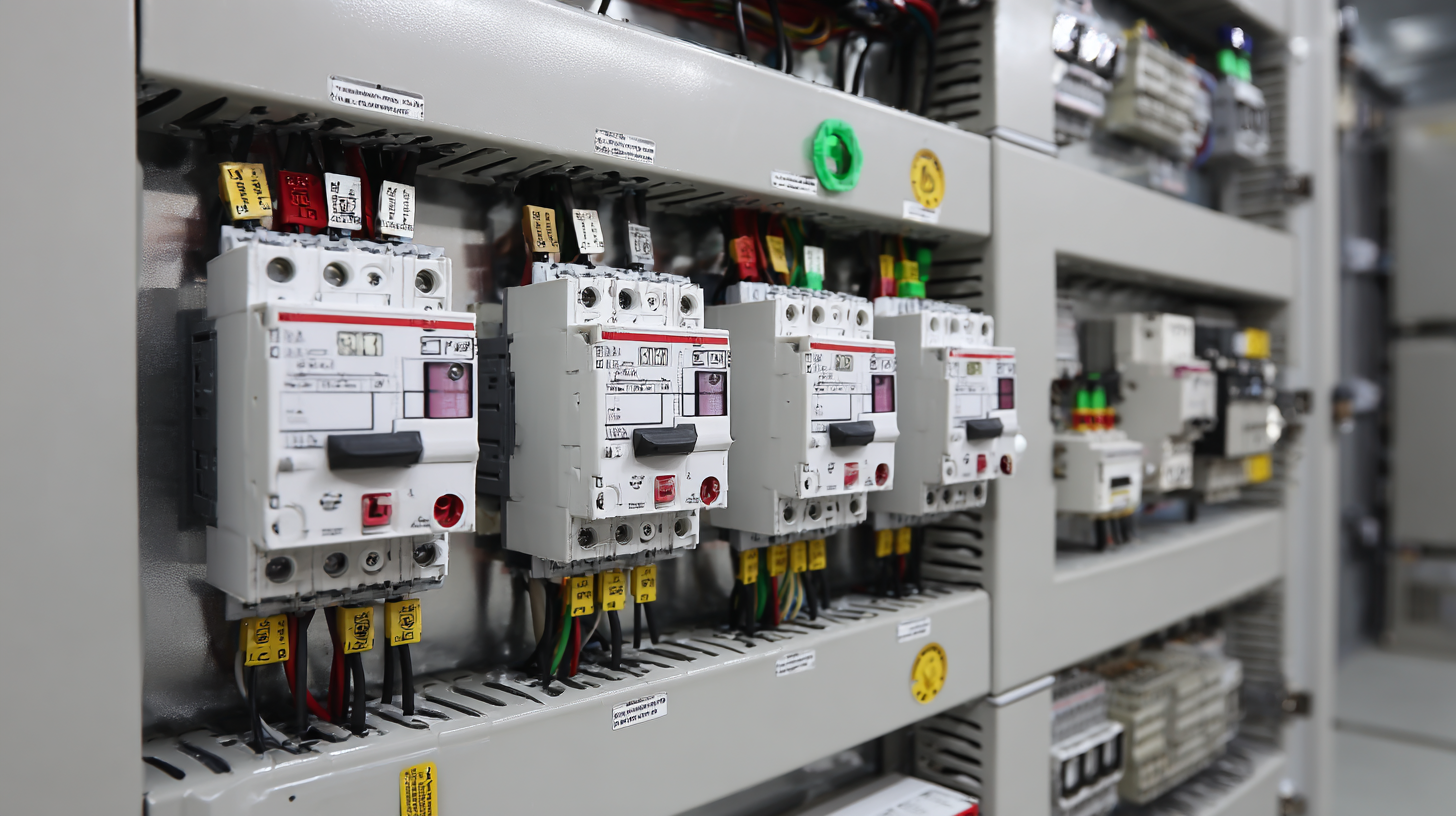 When you're installing DC MCCBs (Miniature Circuit Breakers), it's really important to follow the industry standards. A good practice is to get familiar with the electrical codes and the manufacturer's instructions — trust me, taking the time to do that makes a big difference. Sticking to these guidelines doesn’t just keep things safe; it also helps the system run smoothly.
Make sure you're choosing the right size MCCB for your specific setup, and double-check that all the parts are rated for the voltage and current you'll be working with.
When you're installing DC MCCBs (Miniature Circuit Breakers), it's really important to follow the industry standards. A good practice is to get familiar with the electrical codes and the manufacturer's instructions — trust me, taking the time to do that makes a big difference. Sticking to these guidelines doesn’t just keep things safe; it also helps the system run smoothly.
Make sure you're choosing the right size MCCB for your specific setup, and double-check that all the parts are rated for the voltage and current you'll be working with.
Another key point is to do thorough testing and inspections during the whole installation process. That means not just checking that all the connections look good, but also doing routine operational checks once everything is installed. Using the right testing tools can help catch potential problems early on, which saves you a lot of headache down the road.
And honestly, having qualified folks involved in the installation and inspection really makes a difference — it helps keep everything on track and ensures you're following best practices for safety and compliance. All in all, a careful approach leads to a safer, more reliable system.
Exploring the Future of Solar Energy: The Role of DC1500V 2P 320A-1600A MCCB in Enhancing PV System Performance
The future of solar energy is on the cusp of a revolutionary transformation, and one of the key players in this evolution is the DC1500V 2P 320A-1600A MCCB. This advanced molded case circuit breaker is specifically designed to optimize photovoltaic (PV) system performance. With the ability to withstand up to +50°C without any capacity derating, this MCCB is uniquely suited for high-temperature environments often encountered in solar installations.
One of the standout features of this MCCB is its zero arc design, which significantly enhances safety and reliability in solar energy systems. This is particularly important as the demand for DC1500V applications increases. The breaker's single pole configuration and impressive short-circuit breaking capacity (Ics=10kA) ensure that it can effectively manage power fluctuations and maintain system stability. Furthermore, its no polarity requirement allows for easier installation and versatility during operation, making it an ideal choice for a variety of solar power applications.
As solar technology continues to advance, integrating robust components such as the DC1500V 2P MCCB will be essential in driving efficiency and dependability in renewable energy systems. The ability to operate without capacity derating for reversing lines indicates a level of flexibility and resilience that can significantly enhance overall performance. This MCCB is not just a component; it is a step toward a more sustainable and efficient energy future, allowing solar energy to take center stage in the global transition to clean energy.
FAQS
: The primary tool needed for installation is a multimeter, which is essential for testing voltage and current both before and after installation.
Insulated hand tools, such as screwdrivers and pliers, are important for safely handling electrical components and reducing the risk of accidental shocks.
A torque wrench is important as it ensures that terminal connections are secure and set to the specific torque requirements without over-tightening, which could damage the equipment.
Proper safety gear such as gloves and goggles is vital to prevent injuries, especially when working with high-voltage DC systems.
It is important to familiarize yourself with relevant electrical codes and manufacturer guidelines to ensure compliance and enhance overall installation performance.
Conducting thorough testing and inspections helps verify the integrity of connections and identifies potential issues before they escalate, ensuring a reliable and efficient system.
Proper sizing of the MCCB for the specific application is crucial to ensure the equipment operates safely and effectively within the intended voltage and current ratings.
Involving qualified personnel in the installation and inspection phases helps guarantee adherence to best practices and compliance standards, promoting a safer operational environment.
Adhering to manufacturer guidelines not only mitigates safety risks but also enhances the overall performance and reliability of the MCCB installation.
Routine operational checks post-installation should be performed to ensure that the system is functioning as intended and to maintain compliance with safety standards.
Conclusion
Hey there! So, I came across this blog called "Understanding Common Challenges with Installing DC MCCBs," and thought I’d share a bit about it. Basically, it dives into the tricky parts that often pop up when you're trying to install these Direct Current Molded Case Circuit Breakers. It kicks off by clearing up some common myths that can lead to messed-up installations — trust me, a little misunderstanding there can cause big problems. The article also stresses how important it is to have the right tools and gear to keep things safe and smooth. After that, it walks you through a step-by-step process for dealing with the usual issues you might bump into during installation. Plus, there are some handy tips on troubleshooting those pesky problems that tend to come up with DC MCCBs.
On top of that, the blog shares some smart practices to stay compliant when installing these breakers. That’s super important to make sure everything runs safely and reliably. By the way, Zhejiang Cejia Electric Co., Ltd.—they’ve got over 20 years of experience in the industry—really cares about providing top-notch energy storage solutions. Understanding these challenges can actually make a big difference in how safe and effective their products are in the real world. So yeah, it’s a pretty useful read if you’re into electrical stuff or just want to get a better handle on installations like this.
Related Posts
-

Navigating Trade Barriers: The Resilience of China's Best DC Breaker Industry Amidst U.S.-China Tariffs
-

Understanding Industry Standards for Selecting the Best Solar DC Breaker Solutions
-

7 Compelling Reasons Why the Best Power Bank Power Station is Essential for Your Adventures
-

The Ultimate Checklist for Sourcing the Best MCB Switches Worldwide
-

Ultimate Guide to Best Double Pole Elcb Specifications and Installation Techniques
-
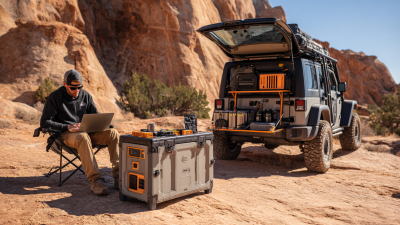
Innovative Examples of How Portable Battery Power Stations Enhance Outdoor Adventures


